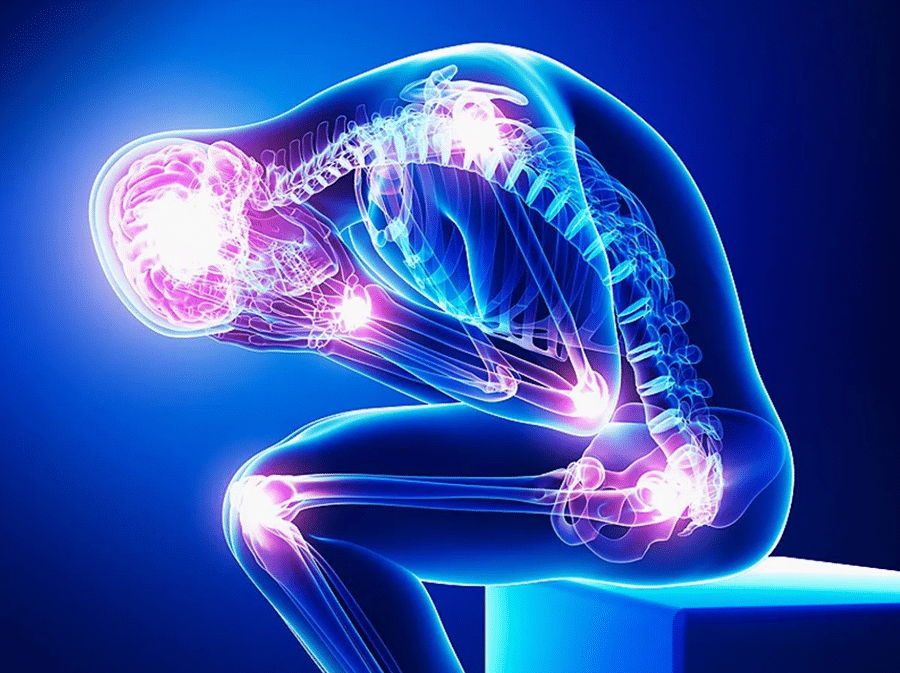Ear health is often overlooked, yet it plays a crucial role in your overall well-being. From affecting your hearing to potentially causing discomfort and pain, the state of your ears can significantly impact your daily life. This article aims to shed light on the importance of proper ear hygiene, debunk common myths, and offer practical advice on cleaning your ears and keeping them healthy. Whether you’re someone who’s been using Q-tips all your life or someone who’s never given ear cleaning a second thought, this guide will provide valuable insights that can lead to a lifetime of better hearing and ear health.
Contents
The Anatomy Of The Ear
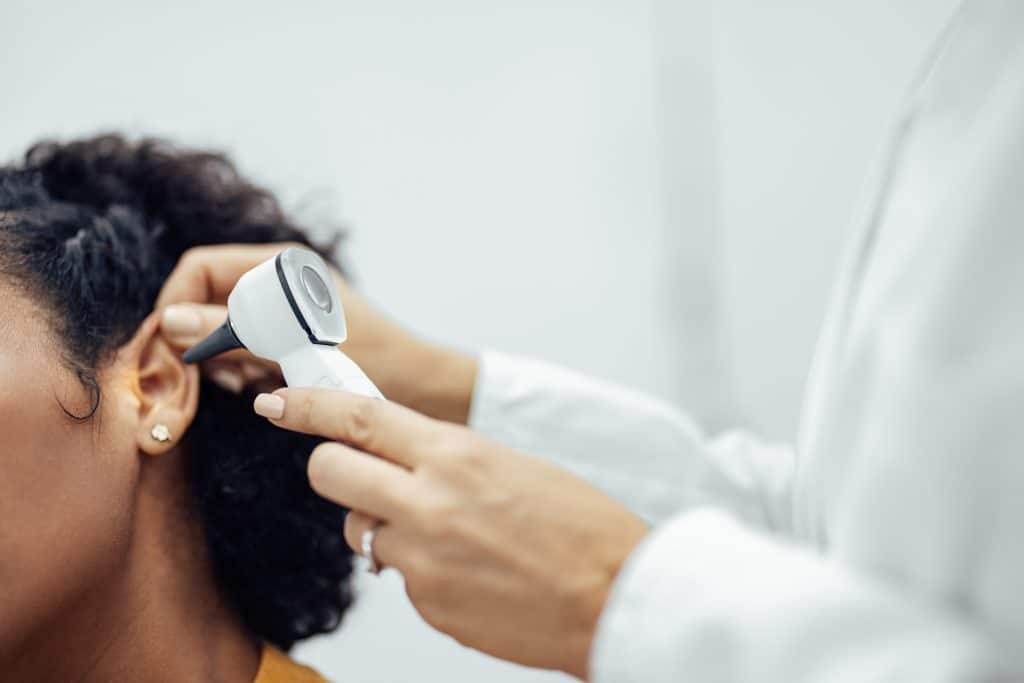
The ear is a complex organ divided into three main parts: the outer ear, the middle ear, and the inner ear. Each section has a specific function and plays a role in how we hear sounds. The outer ear captures sound waves, the middle ear amplifies them, and the inner ear translates these vibrations into signals that the brain can understand. Earwax, medically known as cerumen, is produced in the outer ear and serves as a natural defense mechanism. It traps dirt, dust, and other foreign particles, preventing them from entering deeper into the ear canal.
Understanding the anatomy of the ear is not just for medical professionals; it’s essential for anyone interested in maintaining good ear health. Knowing how each part functions can guide you in effective ear cleaning. For instance, earwax is not an enemy but a protective substance. It only becomes a problem when there’s an excessive buildup, which can lead to hearing issues or discomfort. Therefore, a balanced approach to ear cleaning is necessary, one that removes excess wax while preserving the ear’s natural defenses.
Common Myths About Ear Cleaning
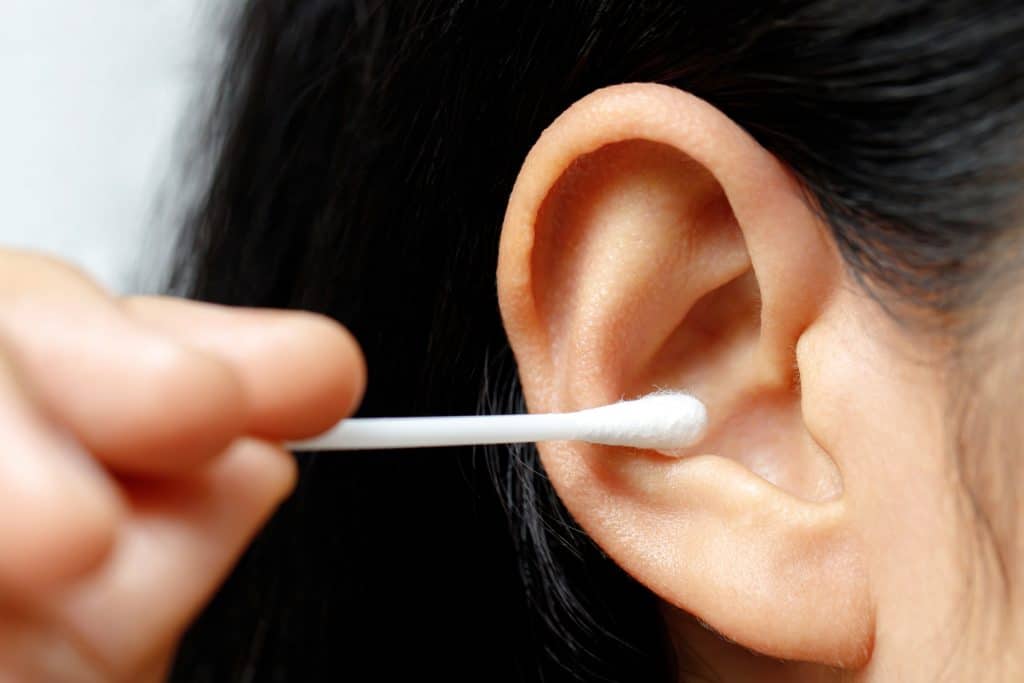
The topic of ear cleaning is rife with myths and misconceptions that can lead to improper care and potential health risks. One prevalent myth is that earwax is a sign of uncleanliness and should be removed entirely. In reality, earwax serves a protective function by trapping foreign particles and has antimicrobial properties. Eliminating all earwax can actually make your ears more susceptible to infections and dryness.
Another widespread myth is that cotton swabs are the go-to tool for ear cleaning. Contrary to popular belief, using cotton swabs can be detrimental. They often push earwax further into the ear canal, leading to impaction. This can cause a range of problems, including hearing loss and increased risk of infection. It’s crucial to debunk these myths to ensure that you’re taking the right approach to ear care, one that is both effective and safe.
Signs That Your Ears Need Cleaning

How do you know when it’s time to clean your ears? One common sign is a gradual decrease in hearing sensitivity. If sounds seem muffled or you find yourself turning up the volume on your devices, it might be due to earwax buildup. However, it’s essential to distinguish this from other potential causes of hearing loss, such as age-related changes or exposure to loud noises, which may require medical intervention.
Another indicator that your ears may need cleaning is discomfort or itchiness in the ear canal. This could be a sign of excess earwax or even a minor infection. Tinnitus, characterized by a ringing or buzzing sound in the ears, can also be a symptom of earwax impaction. However, it’s crucial to consult a healthcare professional for a proper diagnosis, as these symptoms can also be indicative of more serious conditions. Armed with the right information, you can take appropriate steps to maintain your ear health.
The Right Tools For Ear Cleaning

When it comes to cleaning your ears, choosing the right tools is paramount for both effectiveness and safety. Cotton swabs, despite their popularity, are not recommended due to the risk of pushing earwax deeper into the ear canal. Instead, consider using ear drops formulated to soften earwax. These drops often contain ingredients like olive oil or hydrogen peroxide that can help in the safe removal of excess wax.
Ear irrigation kits are another option. These kits usually include a bulb syringe to gently flush the ear with warm water. For those who prefer professional methods, micro-suction is an option. Conducted by healthcare professionals, this method uses a small vacuum to remove earwax and is considered safer than ear syringing. Just be sure to always consult your healthcare provider to determine the most suitable method for you.
DIY Ear Cleaning Methods
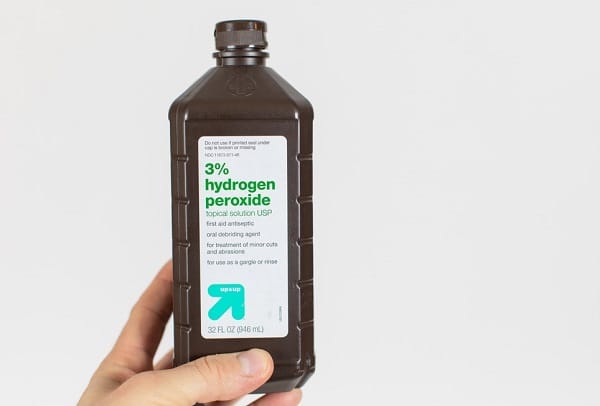
Home remedies for ear cleaning have been around for ages, and some can be quite effective when used correctly. Olive oil is a popular choice; a few drops can soften earwax, making it easier to remove. Hydrogen peroxide is another household item that can be used for ear cleaning. A solution of water and hydrogen peroxide can help dissolve earwax when applied carefully.
However, it’s crucial to exercise caution when using DIY methods. Always follow the guidelines or consult a healthcare professional for advice. Incorrect application can lead to complications such as infections or even temporary hearing loss. Therefore, while DIY methods can be convenient and cost-effective, they should be approached with care.
When To Seek Professional Help
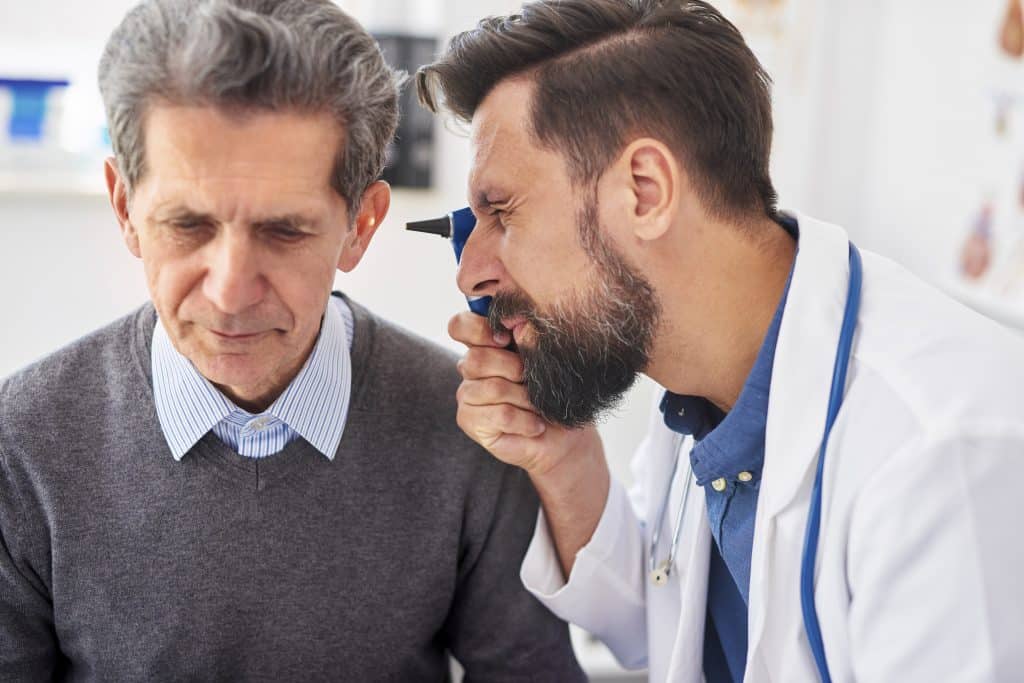
Sometimes, despite your best efforts, professional intervention becomes necessary. If you experience persistent symptoms like hearing loss, discomfort, or tinnitus even after attempting to clean your ears, it’s time to consult a healthcare provider. Additionally, if you suspect that a foreign object is lodged in your ear, immediate professional help is advised.
Certain medical conditions, such as frequent ear infections or excessive earwax production, may also warrant professional cleaning. In these cases, home remedies and over-the-counter solutions may not be sufficient. A healthcare provider can perform diagnostic tests and offer treatments like micro-suction or prescription ear drops, ensuring that your ears are thoroughly and safely cleaned.
Risks And Precautions

Cleaning your ears is generally a straightforward process, but it’s not without risks. Improper techniques can lead to complications like infections, hearing loss, or even eardrum perforation. Therefore, understanding the risks involved is crucial for safe and effective ear cleaning. Always read the instructions that come with any ear cleaning products and consult your healthcare provider if you have any concerns.
Precautions are not just an afterthought; they are an integral part of ear cleaning. For instance, never insert any object directly into the ear canal, as this can cause more harm than good. Regular check-ups with a healthcare provider can also help monitor your ear health and catch any potential issues before they become serious problems.
Take Steps To Elevate Your Auditory Wellness!
Navigating the labyrinth of ear health can be complex, but you’re now armed with the knowledge to make informed decisions. From understanding the anatomy to choosing the proper cleaning methods, you’ve gained insights that go beyond common myths. While this guide may not answer every question, it sets the stage for a proactive approach to ear care. So, let the newfound wisdom guide you toward a future of enhanced hearing and overall well-being!


